| Columns Retired Columns & Blogs |
Westlake Audio Lc5.75F loudspeaker Measurements part 2
After I had finished the measurements, I read Michael's text and realized that the Lc5.75F's design axis was actually slightly below the tweeter, between the port and the woofer. The closest response I obtained to this axis is shown in the right half of fig.4. The tweeter level is actually a little higher than in fig.3, but to be honest, the integration between the two drivers doesn't look any better. As a rule of thumb, if response peaks are balanced by response dips of around the same magnitude and width, the speaker's perceived balance might well be flat. But as Michael did comment on an occasional "cuppy" coloration—something that tends to be associated with the kind of upper-midrange peak and subsequent dip evident in fig.4—I think that this graph does represent how the speaker behaves.
The complex manner in which the Westlake's response changes above and below the tweeter axis is shown in fig.5. Sit way too high or low and big suckouts appear at the crossover frequency and in the upper midrange. But over quite a wide (±10 degrees) vertical window you can fine-tune the speaker's perceived balance by adjusting the listening height.
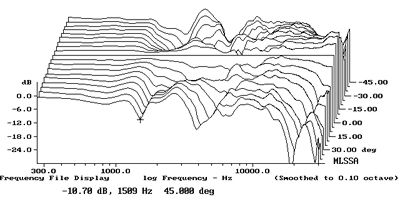
Fig.5 Westlake Lc5.75F, vertical response family at 50", from back to front: differences in response 45 degrees-5 degrees above tweeter axis, reference response, differences in response 5 degrees-45 degrees below tweeter axis.
The Lc5.75F's lateral dispersion is shown in figs.6 and 7. Fig.6 shows how the actual response changes as you move away from the tweeter axis to the speaker's sides, while fig.6 shows just the differences between the on- and off-axis responses. Despite the woofer being taken an octave higher than is usual, there is only a moderate amount of beaming apparent above 2kHz. Other than in the top octave, where the tweeter gets quite directional, the speaker's dispersion is generally wide and even.
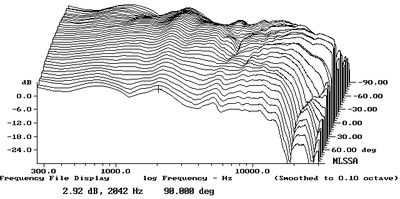
Fig.6 Westlake Lc5.75F, lateral response family at 50", from back to front: responses 90 degrees-5 degrees off-axis, tweeter-axis response, responses 5 degrees-90 degrees off-axis.
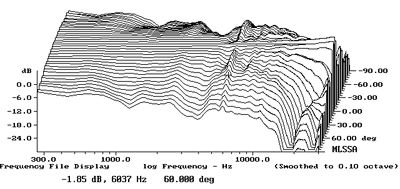
Fig.7 Westlake Lc5.75F, lateral response family at 50", from back to front: differences in response 90 degrees-5 degrees off-axis, reference response, differences in response 5 degrees-90 degrees off-axis.
The Westlake's step response (fig.8) indicates that the tweeter is connected in inverted acoustic polarity, the woofer in positive polarity. The waterfall plot on the tweeter axis (fig.9) is mainly clean, but is marred by delayed energy at 2kHz—there again is that residual "cupped" coloration—and in the upper region of the woofer's passband. Perhaps this behavior correlates with MF having found that a little hollowness set in at high playback levels.
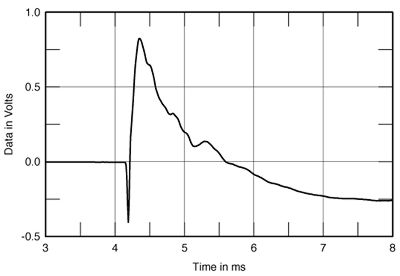
Fig.8 Westlake Lc5.75F, step response on tweeter axis at 50" (5ms time window, 30kHz bandwidth).
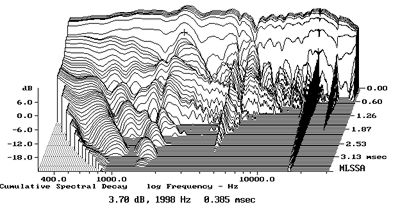
Fig.9 Westlake Lc5.75F, cumulative spectral-decay plot at 50" (0.15ms risetime).
As I've said before, designing a good-sounding speaker to sell at a real-world price is all about balance. As MF found, the Westlake Lc5.75F may appear to have some measured blemishes, but these have been arranged not to interfere with the manner in which the speaker reproduces music.—John Atkinson
- Log in or register to post comments




































